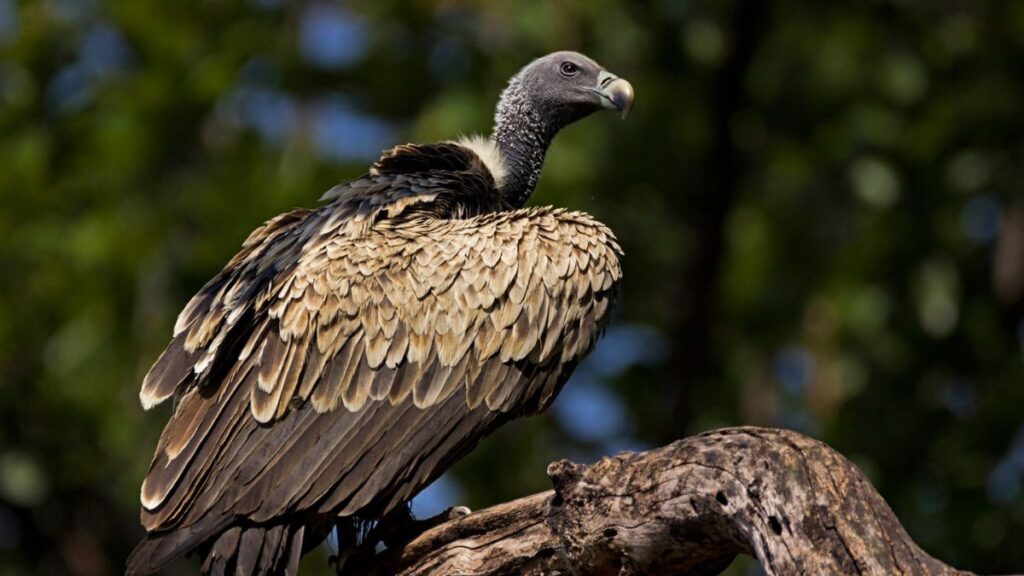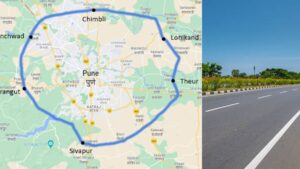How the decline of Indian vultures could be connected to 1,00,000 human deaths every year

India saw an unparalleled fall in vulture populations, with certain species seeing population declines of up to 99.9%. The Indian vulture, or Gyps indicus, is a huge predatory bird that is a member of the Accipitridae family.
According to a study, the fall of the vulture population in India has had a disastrous effect on human health and may have been a factor in thousands of fatalities.
The study, which was carried out by economists Anant Sudarshan and Eyal G. Frank, indicates that a notable rise in human fatalities was caused by the vultures’ near-extinction in India.
The vulture population in India saw an extraordinary fall in the mid-1990s, with numbers plummeting by up to 99.9% for certain species, according to the researchers’ working paper.Diclofenac, a veterinary medication that is poisonous to vultures when consumed through cattle carcasses, was eventually linked to this collapse. These vultures favor wide-open spaces like grasslands, savannas, and desert areas.
The Indian Vulture
The Indian vulture (Gyps indicus) is a large bird of prey that belongs to the family Accipitridae. With a wingspan of about 1.96 to 2.38 meters, It has a body length of about 75 to 85 centimeters. The plumage is primarily pale with dark flight feathers and a bare, pale head. The neck and head are covered in down, which is sparse compared to other vulture species. It has a hooked beak adapted for tearing flesh from carcasses.
Indian vultures are scavengers, feeding mainly on the carcasses of dead animals. They play a critical role in the ecosystem by disposing of dead animals, which helps prevent the spread of diseases.
Indian vultures are found primarily in South Asia, including India, Pakistan, and Nepal. Their range extends to some parts of Southeast Asia. This collapse was later attributed to the widespread use of diclofenac.
These vultures prefer open landscapes such as savannas, grasslands, and arid regions. They typically nest on cliffs and ruins, often in colonies. The breeding season varies but generally falls between November and March. A single egg is laid, which both parents incubate.
Vultures were once an ubiquitous sight across India with a population that may have exceeded fifty million birds.
How Vultures’ Population Affected Human Lives
The study compared districts with high and low vulture suitability before and after the introduction of veterinary diclofenac in 1994. The findings are alarming: all-cause human death rates increased by more than 4% in vulture-suitable districts following the birds’ near-extinction.
Vultures play a crucial role in India’s ecosystem by efficiently removing livestock carcasses, which number in the hundreds of millions. Their disappearance led to a sanitation crisis, with rotting carcasses left unattended, potentially spreading diseases and contaminating water sources.
The researchers also found evidence of increased feral dog populations and higher incidence of rabies in affected areas. This surge in dog numbers is likely due to the abundance of carrion previously consumed by vultures, leading to more human-dog interactions and rabies transmission. From millions, they have gone down to barely a handful.
The study highlights the often-overlooked importance of vultures in maintaining public health. As efficient scavengers feeding exclusively on carrion, these birds provided a vital sanitation service in a country with over 500 million livestock.
This research highlights the interconnectedness of ecosystems and human well-being. It points to the unforeseen consequences of biodiversity loss and the urgent need for conservation efforts.
The findings have significant implications for biodiversity management and conservation resource allocation. By quantifying the human cost of species loss, the study provides a compelling argument for protecting seemingly less charismatic species that play critical roles in ecosystem functioning.







